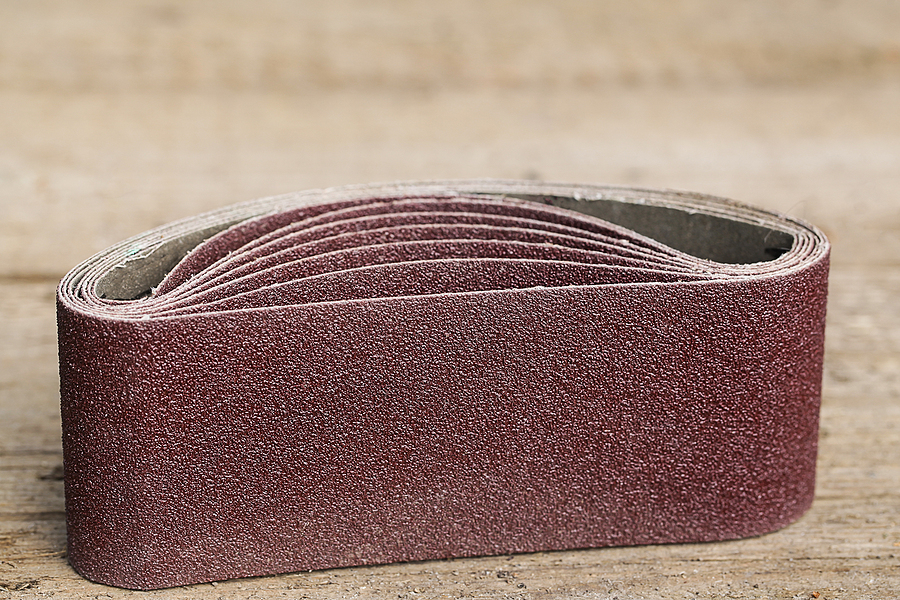Posted by Sandpaper America on Feb 13th 2023
5 Tips for Choosing the Right Abrasive Belt for Your Job
When sanding a surface, choosing the right sanding belt is essential for achieving the desired finish. The sanding belt must be compatible with your sander and suited to the task at hand. With so many different sanders, abrasives, and grades available on the market today, it can be difficult to choose which one is best for your project.
To make sure you get the most out of your sanding job, below are five tips to help you select an abrasive belt that’s perfect for any application.

How to Pick Out the Correct Sanding Belt
1. Choose an Abrasive Grade Suitable for Your Task - Sanding belts come in a variety of abrasive grades, from coarse sandpaper to extra fine sandpaper and everything in between. When selecting the correct belt grade for your sanding job, consider the type of material that you’re sanding and the desired finish. Coarse abrasives are best for removing stock quickly; medium-grade sanders are good for smoothing surfaces; and fine sanders are great for creating a smooth, even finish without leaving marks or scratches.
2. Consider the Grit Size - The grit size of an abrasive is measured in terms of how many particles per inch it contains. For instance, very coarse sandpaper has a grit size of 36, while extra-fine sandpaper has a grit size of 400. The larger the grit number, the finer the sanding belt. Keep in mind that you should choose sanders with the same or higher grit rating than what’s already on the surface so that you don’t scratch it up too much.
3. Take into Account Your Sander's Power - Choose sanding belts that are compatible with your sander’s power capabilities and take into account any additional features such as speed control or variable pressure settings. If your sander is not powerful enough to handle coarse sanders, then it won't be able to achieve the desired finish even if you use an appropriate abrasive grade and grit size.
4. Consider Your Budget - A sanding belt can range from a few dollars to several hundred dollars, depending on the quality and type of sandpaper you choose. To make sure you get the most bang for your buck, consider what features are most important for your sanding job and then compare products in that price range.
5. Buy Quality Sander Belts - When it comes to sanders, buying high-quality products will help ensure that your sanding projects come out looking their best every time. Look for sanding belts with good reviews and try to buy from reputable dealers or manufacturers who guarantee the quality of their sanders.
Get Perfect Finishes With the Perfect Sander Belts
Following these five tips will help you select the perfect sanding belt for your sanding job. Remember to choose the right abrasive grade and grit size, consider the capabilities of your sander, and buy quality sanders that are within your budget.Armed with this knowledge, you'll be able to confidently select sanders that will help you achieve a perfect finish every time.
If you're in Indiana and searching for the highest quality belt sander abrasives, look no further. Call Sandpaper America to order high-quality sanding belts at affordable prices. We manufacture all of their sandpaper and abrasive products in-house, so you can trust their quality and dependability. We offer cloth x-weight belts, J-weight belts, zirconia belts, pump sleeves, and more!
Related Posts:
Introduction
to Belt Sanders
3
Portable Sanders You Want in Your Toolshed
How
to Take Care of Sanding Belts

